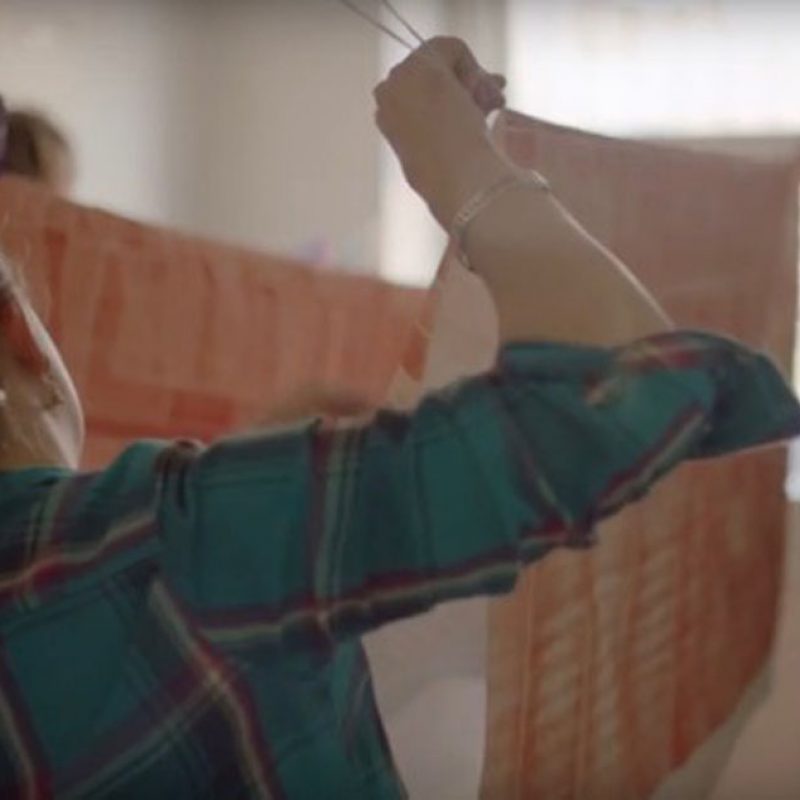Old content
This post is over 3 years old. Some of the content might be out of date. If your after something more up date, check out our latest posts. If you want to find out more about the content on this page, contact us.
‘If art isn’t about people and humanity, then what is it about?’
Hazel Tilley BBC Newsnight
The annual Turner Prize, established ‘to celebrate new developments in contemporary art’, is known for controversy. The debate usually turns on the question of whether the prize winner has exhibited art, rather than the more meaningful one of how good it is. This year has been different because the question being asked is whether the prize winners are even artists. And it is mostly being asked within the art world.
Assemble is a group of young architects, designers and activists who work with people to revive the places where they live. In just four years, they have created spaces for theatre and cinema, playgrounds and workshops. Some of their work produces objects with obvious aesthetic intent, such as decorative fittings, but mostly it’s either very practical or social, intangible and also, in its way, very practical. It is a living example that there is no need to choose between use and ornament. It is also a great example of community art.
Assemble was shortlisted for Granby Four Streets, a neighbourhood renewal project in Liverpool. Brought in by the Community Land Trust to work with residents who have battled for years to save their homes from neglect or demolition, the group have applied their skills to creating a sustainable vision for the area rooted in its tangible and intangible cultural heritage. So far, 10 houses have been renewed and a community workshop established in which people can make things that will contribute to the renovation of more buildings.
Crucially – though this isn’t mentioned in most of the current media coverage – Assemble describe themselves as ‘build on the hard work already done by local residents’. This was not some bright idea by a group of artists but creative support for what a community had already achieved. In that sense, though the form and approach belong to 2015, the work in Granby Four Streets echoes that of many community artists working in the 1970s and 1980s. The words of Joseph Halligan, one member of Assemble, could equally have been said 40 years ago:
‘I think the idea that art is something that can only be created by someone that declares themselves an artist is maybe not the best thing. I believe that anyone can create art, and art should be for everyone.’
What makes community art practice different – and important –is that you don’t need to be an artist to do it, even to initiate it: you just need to make art. That is still a surprisingly controversial idea.
This report from BBC Newsnight gives an outsider’s perspective on Assemble’s work.
And this blog post gives a glimpse of the same experience from the other side. I tip my hat to Assemble and to the residents and campaigners of Granby Four Streets: prize winners all.
Re-posted with permission from Francois Matarasso’s blog A Restless Art.


